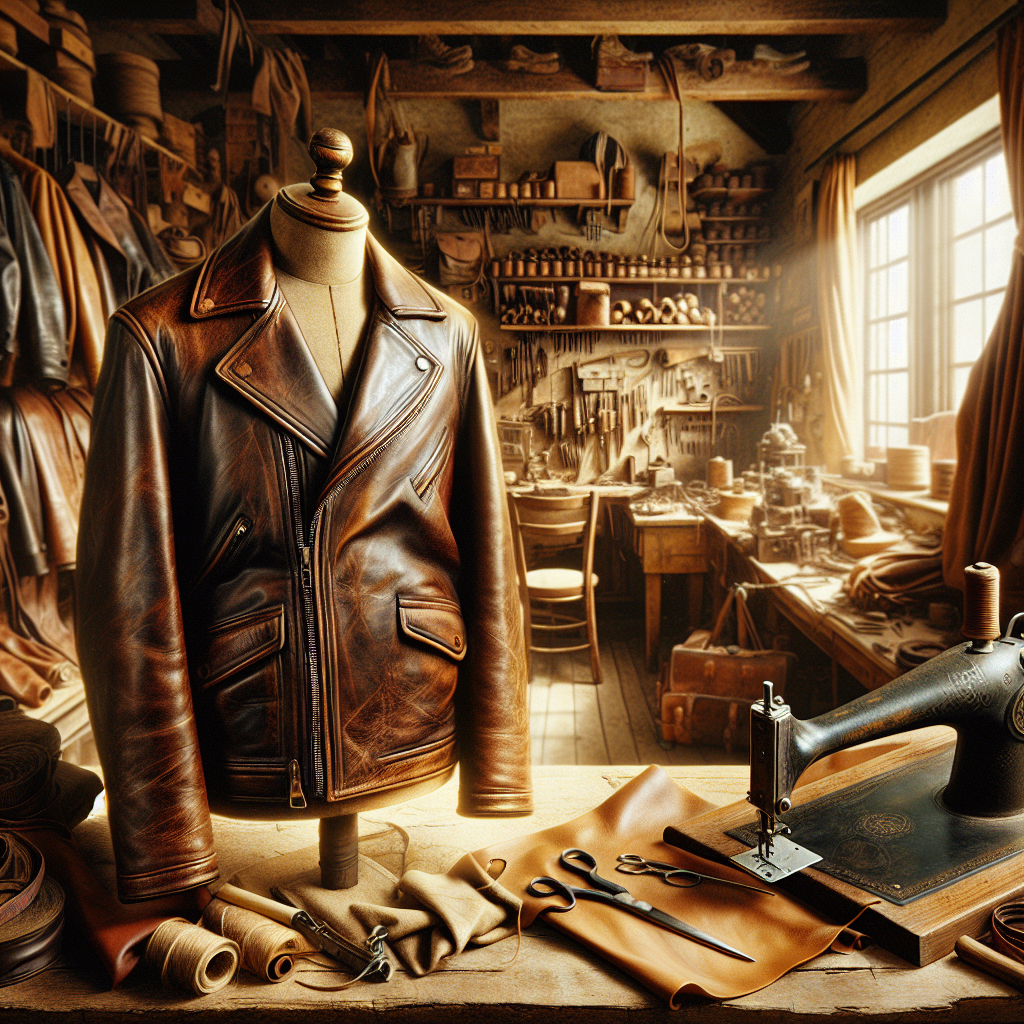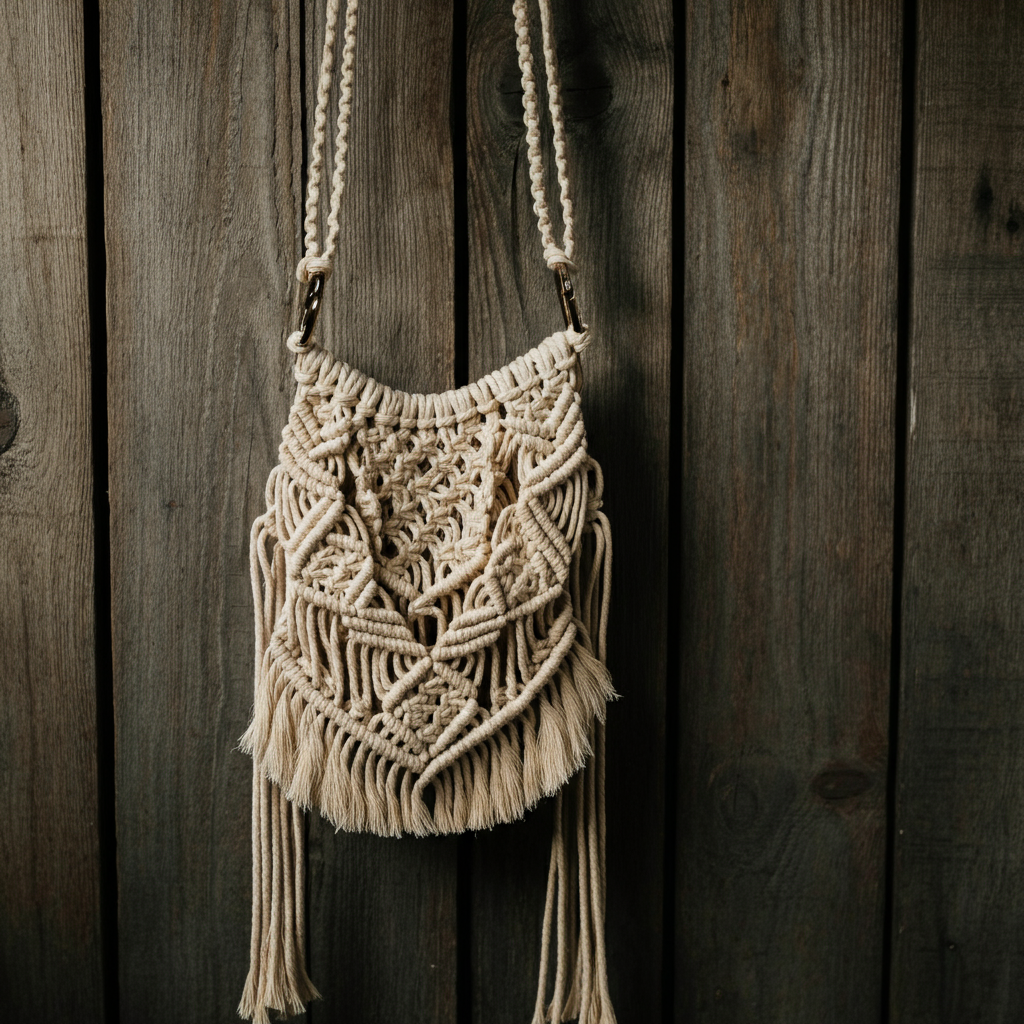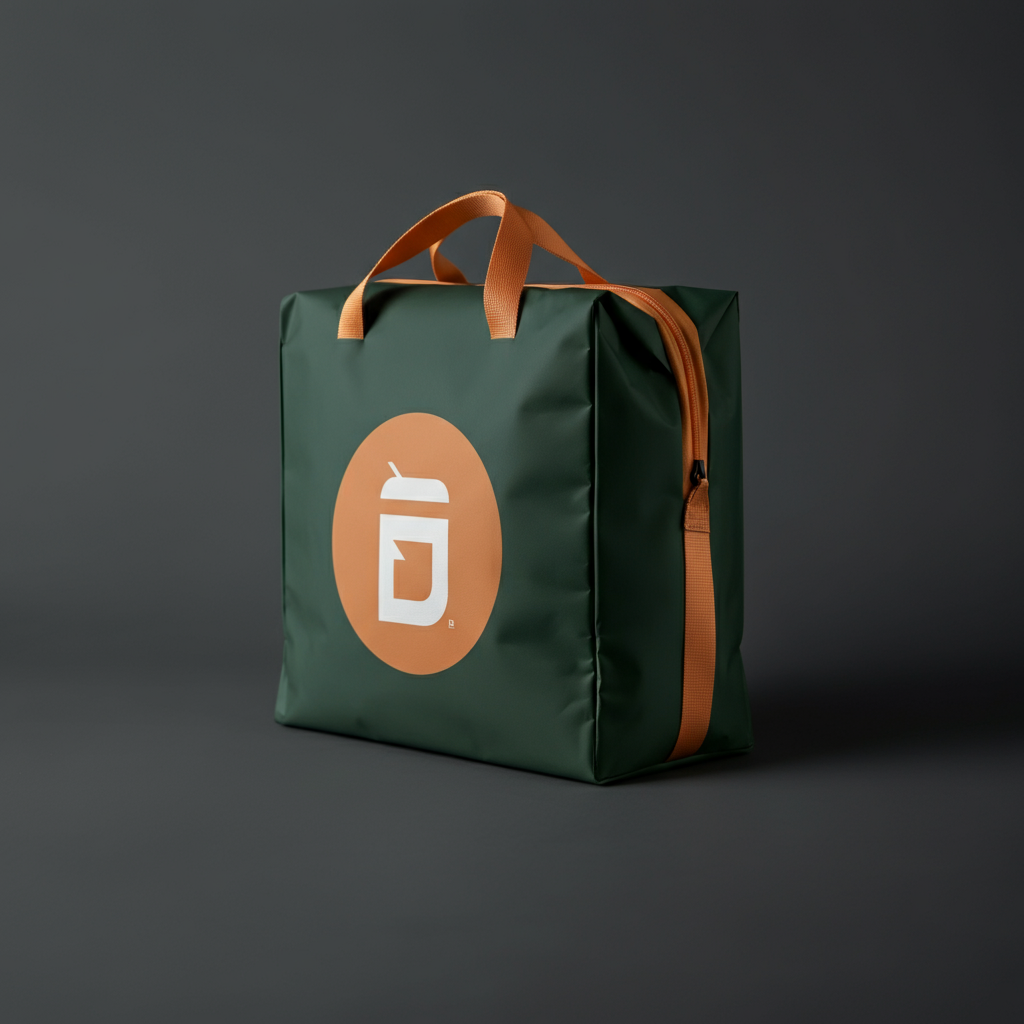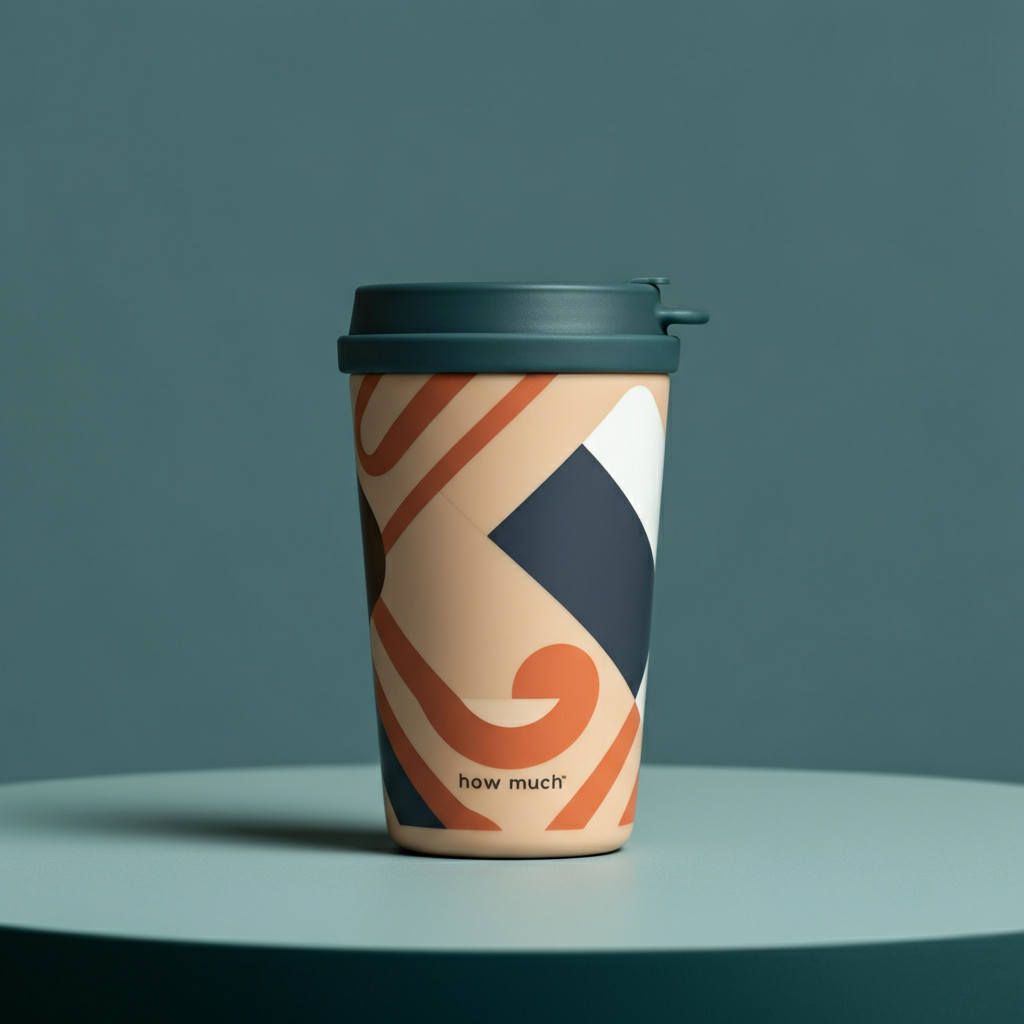The Versatility and Timeless Appeal of Leather
Leather is renowned for its ability to adapt to different styles and uses. Available in various textures and finishes, it seamlessly fits into wardrobes and lifestyles around the world. Leather's natural strength and durability make it an ideal choice for long-lasting products.
Consumers appreciate leather for its uniqueness—no two pieces are exactly alike. This distinctiveness adds to its charm, making leather items feel personal and exclusive. Yet, despite its many qualities, leather is not indestructible. Understanding the factors that lead to wear and tear can help you better care for your leather goods.
Top 10 Reasons for Leather to Wear and Tear
1. Natural Aging
Like fine wine, leather changes with age. Its surface may develop a patina, which can enhance its character but also signals gradual wear. This aging process is inevitable yet can be managed with proper care.
2. Exposure to Sunlight
UV rays are notorious for causing leather to fade and dry out over time. Prolonged sun exposure leads to discoloration and brittleness, compromising the leather's integrity and appearance.
3. Moisture Damage
Water and leather are not best friends. Excessive moisture can cause leather to swell, stain, and eventually crack. It’s crucial to protect leather from rain and other water sources.
4. Improper Storage
Storing leather in damp or extremely dry environments can lead to mold growth or cracking, respectively. It’s vital to store leather items in cool, dry places to maintain their condition.
5. Chemical Contact
Household chemicals, perfumes, and even lotions can detrimentally affect leather’s finish. These substances can lead to stains and deterioration if they come into contact with leather.
6. Physical Abrasion
Frequent use and contact with rough surfaces can cause scratches and scuffs. While some marks add character, excessive abrasion can weaken the leather.
7. Poor Craftsmanship
Quality matters. Inferior leather products often result from poor craftsmanship, leading to premature wear and structural issues. Investing in well-made leather can mitigate this problem.
8. Temperature Fluctuations
Extreme temperatures can cause leather to expand and contract, resulting in cracks and stiffness. Consistent climate control is essential for preserving leather.
9. Improper Cleaning
Using harsh cleaners or incorrect techniques can damage leather's surface. Gentle, leather-specific cleaning products are recommended to avoid harming the material.
10. Lack of Conditioning
Leather requires regular conditioning to maintain its suppleness. Neglecting this step can lead to dryness and cracking, reducing the leather's lifespan.
How to Identify Quality Leather
Understanding the nuances of leather quality can make all the difference. Genuine leather offers durability and a distinct look, whereas synthetic alternatives may not provide the same benefits.
Identifying quality leather begins with touch. Genuine leather feels soft yet firm, with natural textures and imperfections. Authentic leather also emits a rich, distinctive aroma not present in synthetic versions.
Leather grading plays a crucial role in determining quality. Full-grain leather is the highest grade, offering unmatched durability and a natural appearance. Top-grain leather, while slightly lower in quality, is still a great choice for many products.
Partnering with reputable suppliers like Sun Enterprises can ensure access to the finest leather. Their expertise and extensive selection can guide both consumers and businesses in finding the best materials for their needs.
Tips for Proper Leather Maintenance
Maintaining leather involves regular cleaning, conditioning, and proper storage. Each step is vital to preserving leather's beauty and function.
Start by gently cleaning leather items with a damp cloth or a leather-specific cleaner. Avoid soaking the material, as excess moisture can be damaging. Once clean, apply a high-quality leather conditioner to replenish essential oils and keep the leather supple.
When storing leather, choose a cool, dry place away from direct sunlight and heat sources. Using acid-free tissue paper can help maintain the shape of handbags and shoes.
Finally, consider using dust covers or bags to protect leather from environmental factors. This simple step can extend the life of your leather goods significantly.
Conclusion
Leather remains a beloved material in fashion and everyday applications due to its elegance and resilience. By understanding the common causes of wear and tear, you can take proactive steps to care for your leather items.
From selecting the finest quality leather with Sun Enterprises to employing proper maintenance techniques, every small effort contributes to preserving leather's timeless appeal. Embrace leather responsibly and enjoy its beauty for years to come.





